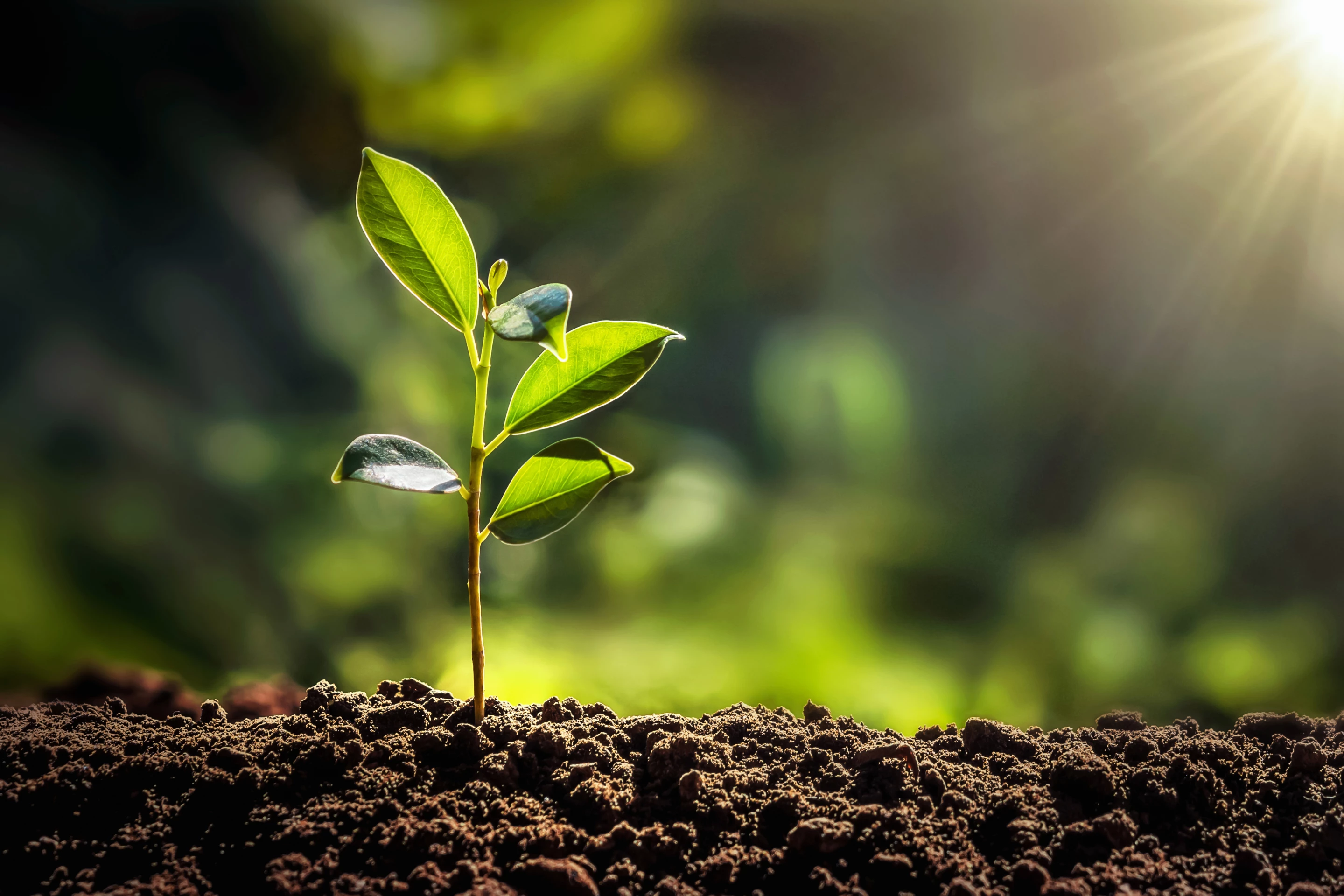There’s little good news to report in the field of research surrounding climate change and its far-reaching impacts on the planet, yet an international team of scientists may have found a small victory to celebrate.
Using realistic ecological modeling, scientists led by Western Sydney University’s Jürgen Knauer found that the globe’s vegetation could actually be taking on about 20% more of the CO2 humans have pumped into the atmosphere and will continue to do so through to the end of the century.
“What we found is that a well-established climate model that is used to feed into global climate assessments by the likes of the IPCC (Intergovernmental Panel on Climate Change) predicts stronger and sustained carbon uptake until the end of the 21st century when extended to account for the impact of some critical physiological processes that govern how plants conduct photosynthesis,” said Knauer.
Mathematical models of ecological systems are used to understand complex ecological processes and in turn attempt to predict how the real ecosystems they’re based on will change. The researchers found that the more complex their modeling, the more surprising the results – in the environment’s favor.
Current models, the team adds, are not that complex so likely underestimate future CO2 uptake by vegetation.
Taking the well-established Community Atmosphere-Biosphere Land Exchange model (CABLE), the team accounted for three physiological factors: How efficiently CO2 moves within a leaf, how plants adjust to changes in environmental temperature, and how they distribute nutrients most economically. Using recent data and studies to build the model, the researchers then threw in the mix the variable of a strong climate-change scenario, to see how much CO2 plants would be taking out of the atmosphere through to the end of the century.
After repeating this experiment with eight versions of the model, the team found that the most complex version, which accounted for all three factors, predicted the most CO2 uptake, around 20% more than the simplest formula.
“We accounted for aspects like how efficiently carbon dioxide can move through the interior of the leaf, how plants adjust to changes in temperatures, and how plants most economically distribute nutrients in their canopy,” said Knauer. “These are three really important plant response mechanisms that affect a plant’s ability to ‘fix’ carbon, yet they are commonly ignored in most global models.”
While the models focus on plant physiology, specifically all processes involved in photosynthesis, it suggests that vegetation may be working harder than we’ve previously thought. We know from earlier research that plants will ramp up photosynthesis when exposed to higher CO2 concentrations, providing they also have adequate water. However, it’s more a silver lining than a silver bullet.
“Plants take up a substantial amount of carbon dioxide (CO2) every year, thereby slowing down the detrimental effects of climate change, but the extent to which they will continue this CO2 uptake into the future has been uncertain,” cautioned Knauer.
Simplifying photosynthesis somewhat, plants capture CO2 from the atmosphere and use the Sun’s energy to ‘fix’ the gas into usable sugars for growth and metabolic activity. Around half of the CO2 flows back into the air through respiration, with the other portion remaining in the plant’s biomass. Eventually, this half gets split again, with more released into atmosphere through the dead plant’s decomposing biomass, and the other being stored in the soil, potentially for hundreds of years.
These carbon sinks have increased in size over the past two decades, and show how industrious plants have been in processing the higher concentration of anthropogenic CO2. Earlier models also suggested the larger carbon sinks and increased photosynthesis activity among vegetation has been beneficial to the Earth's atmosphere.
“Our understanding of key response processes of the carbon cycle, such as plant photosynthesis, have advanced dramatically in recent years," said Ben Smith, professor and research director of Western Sydney University’s Hawkesbury Institute for the Environment. "It always takes a while for new knowledge to make it into the sophisticated models we rely on to inform climate and emissions policy. Our study demonstrates that by fully accounting for the latest science in these models can lead to materially different predictions.
“Our findings are likely to be impactful, inspiring other teams to update their models in order to verify whether the tendency we observe towards a larger future land sink is replicated by other models. Only when a representative suite of global models agree on a key trend or pattern, do we rely on that trend or pattern to guide policy.”
And while it’s somewhat good news, the team says plants can’t be expected to do all the heavy lifting; the onus remains on governments to stick to emission reduction obligations. However, the modeling makes a strong case for the value of greening projects and their importance in comprehensive approaches to tackling global warming.
“These kinds of predictions have implications for nature-based solutions such as revegetation as one tool, among a portfolio of approaches, that will be needed to reach net zero,” said Smith. “Our findings suggest these approaches could have a larger impact in mitigating climate change and over a longer period of time than we previously thought.
“Simply planting trees will not solve all our problems and can at best contribute over a transitional period as society weans itself off fossil fuels,” he adds. “Ultimately, we need to eliminate emissions from all sectors. Growing trees alone cannot offer humanity a get-out-of-jail-free card.”
The research was published in the journal Science Advances.
Source: Western Sydney University





